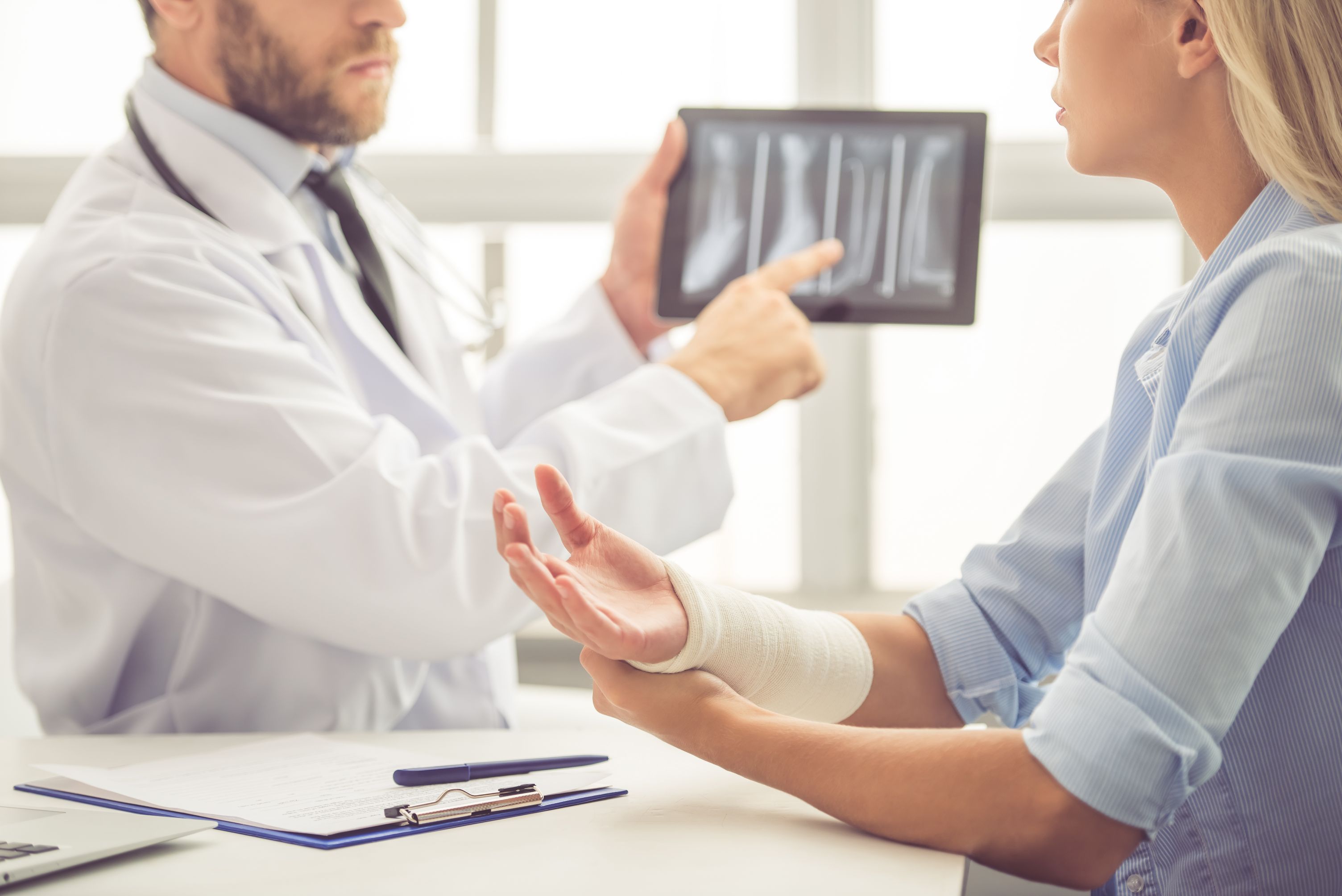Orthopedics Mobility Restored for Movement Challenges
Orthopedics is a branch of medicine that deals with the bones, joints, muscles and ligaments and tendons in the human body. An orthopedic surgeon is someone who performs surgery to correct difficulties with these tissues such as knee replacements or arthroscopic surgery. Orthopedics research is conducted to continue to find ways in which the surgical and nonsurgical procedures can be improved upon to help patients move easier. With the new and cutting edge information available to orthopedic doctors, the time spent recovering from a procedure can be lessened and the mobility or motion can possibly be improved with the less invasive practices of today. New drugs, the use of lasers in surgical procedures and other advances make the procedures much easier for the patient. Some procedures are even performed in an office setting rather than a hospital. Research has made this possible.
An orthopedic surgeon must keep up-to-date with the current initiatives so that her patients can have the benefit of the newer treatments. In order to become a surgeon, an orthopedic surgery residency is required. These can last for about five years and provide different experiences for the surgeon prior to moving into their own practice, academia or into research. An orthopedic surgery residency can be followed by a fellowship for the surgeon to further specialize in one of the sub-specialties. Pediatric orthopedics and sports medicine are two examples of fellowship placements.
While orthopedics does not always involve surgical treatment, most people associate surgical procedures like a knee replacement with an orthopedist. Sports medicine provides care and treatment for injuries that occur when playing a sport or exercising and yet many involve the skeleton, joints and muscles. More tests and treatments are familiar because of the high visibility of professional athletes. An MRI is a test using magnetic resonance instead of radiation to create an image of the structures of the body. It is one of the tools used by an orthopedic surgeon or doctor to diagnose and treat an injury. No matter what the doctor or surgeon is called, a sports medicine doctor or an orthopedist, (s)he provides the care for the movement issues that happen.
Orthopedics research needs to be disseminated so that all surgeons and doctors can have the most up-to-date information and procedures at their fingertips. Medical societies are formed to provide a clearing house for information, research and to connect practitioners with each other so that collaboration can happen for the best interest of the patient. Usually membership depends on the surgeon or doctor being in good standing with their licensure and also often society membership requires the payment of dues to belong. With the immediacy of information available to people, medical societies need to provide their members with effective ways to communicate, solid research and even opportunities for more education or training.
Orthopedics as a branch of medicine has its origins in early medical practice. The skeleton provides challenges to straighten limbs that are bent in peculiar or painful ways, joints that no longer move freely and muscles that need to be repaired. These are also not new challenges because humans over extend their reach, pull muscles and strain backs doing all sorts of everyday activities as well as the sports and exercise-related ones and so having doctors and surgeons who wish to find out how to fix the problems is vital to mobility for many. From the very young to the very old, an orthopedist might be needed to help with the daily habits of living. So go ahead and reach for that box on the top shelf, there is a doctor for that.
Category: Doctor - Orthopedic
Related Articles
Business News
Popular Posts
- How to become a strategic thinker
- how to balance your mind and achieve greater happiness
- Building a Positive Attitude - Strategies for a Happier and More Fulfilling Life
- Overcoming Negative Thoughts - Strategies for a Positive Mindset
- Cultivating Resilience and Mental Toughness - Keys to Thriving Amidst Lifes Challenges
- 50 positive affirmations to be read every day
- Mind Balance - for those who dare to redefine their limits
- 50 ways to be more like Jesus in everyday life
- Take the Wheel-Navigating Life Beyond the Screen
- Unlocking Potential - The Power of Personality Assessment in Overcoming Obstacles
- The Imperative of Unity - Why SmartGuy and Coexistence is Key to Global Survival
- Universal Pursuit of Happiness - Wisdom from World Religions
- Bridging Divides - Understanding Barriers to Unity and Happiness in World Religions
- A Cautionary Vision - The Grim Future of a Divided World Without Love and Balance
- A Universal Prayer for Peace and Understanding Embracing Diverse Faiths
- Preparing Kids for Adulthood - 15 Vital Skills They Wont Learn in School
- Cultivating Key Skills to Overcome Anti-Semitism and Hate
- Jerusalem's Lesson - A Blueprint for Global Harmony Among Diverse Faiths
- Navigating Diversity - Jerusalem's Tactical Approach to Interfaith Harmony
- Living the Teachings of Jesus - 100 Lessons for a Compassionate and Faithful Life
